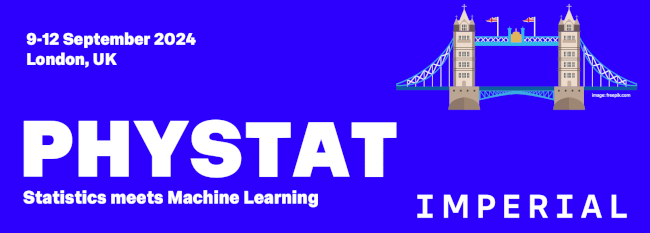Speaker
Description
A powerful class of statistical inference methods are starting to be used in across fields that leverage the power of machine learning (ML) to perform inference directly from high-dimensional data. They can be used, for instance, to estimate fundamental physics parameters from data collected in high energy physics experiments, or cosmological / astrophysics observations and work with both Bayesian and frequentist settings. In these application cases, the exact likelihood itself is typically intractable, but it can be sampled from using sophisticated forward simulation software. ML models can then learn to estimate statistical quantities such as posteriors, likelihoods or likelihood ratios from simulated samples and also exploit additional knowledge available at intermediate steps of the simulation, which are inaccessible in real data. This talk will focus on important statistical questions with regard to the application of SBI, with a bias towards frequentist statistical framework typically used in high-energy physics.
